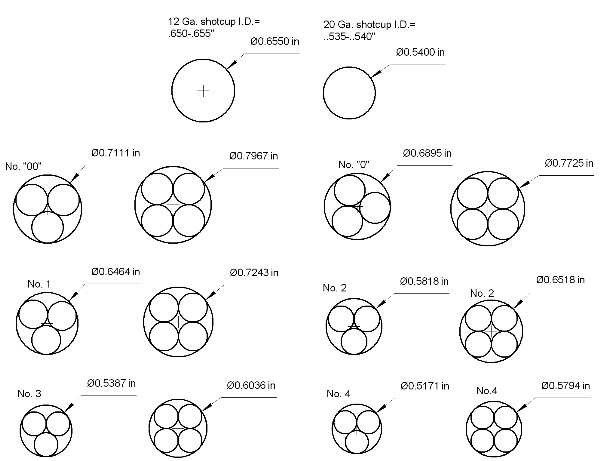jrmflintlock
45 Cal.
I want to work up a load for my 20 ga fowler to shoot coyotes up close and personal! 
Does anyone have a good starting place? Powder charge? Number of balls? I have .318 balls that I shoot out of my .32 that I plan to use.
I was thinking 6 balls over 70 gr of FFg
I also have #6 shot, would a good load of that be better for Coyotes?
Thanks for any advice! I've never shot buckshot? Or Coyotes with a shotgun before. Killed tons with rifle though.
Does anyone have a good starting place? Powder charge? Number of balls? I have .318 balls that I shoot out of my .32 that I plan to use.
I was thinking 6 balls over 70 gr of FFg
I also have #6 shot, would a good load of that be better for Coyotes?
Thanks for any advice! I've never shot buckshot? Or Coyotes with a shotgun before. Killed tons with rifle though.








